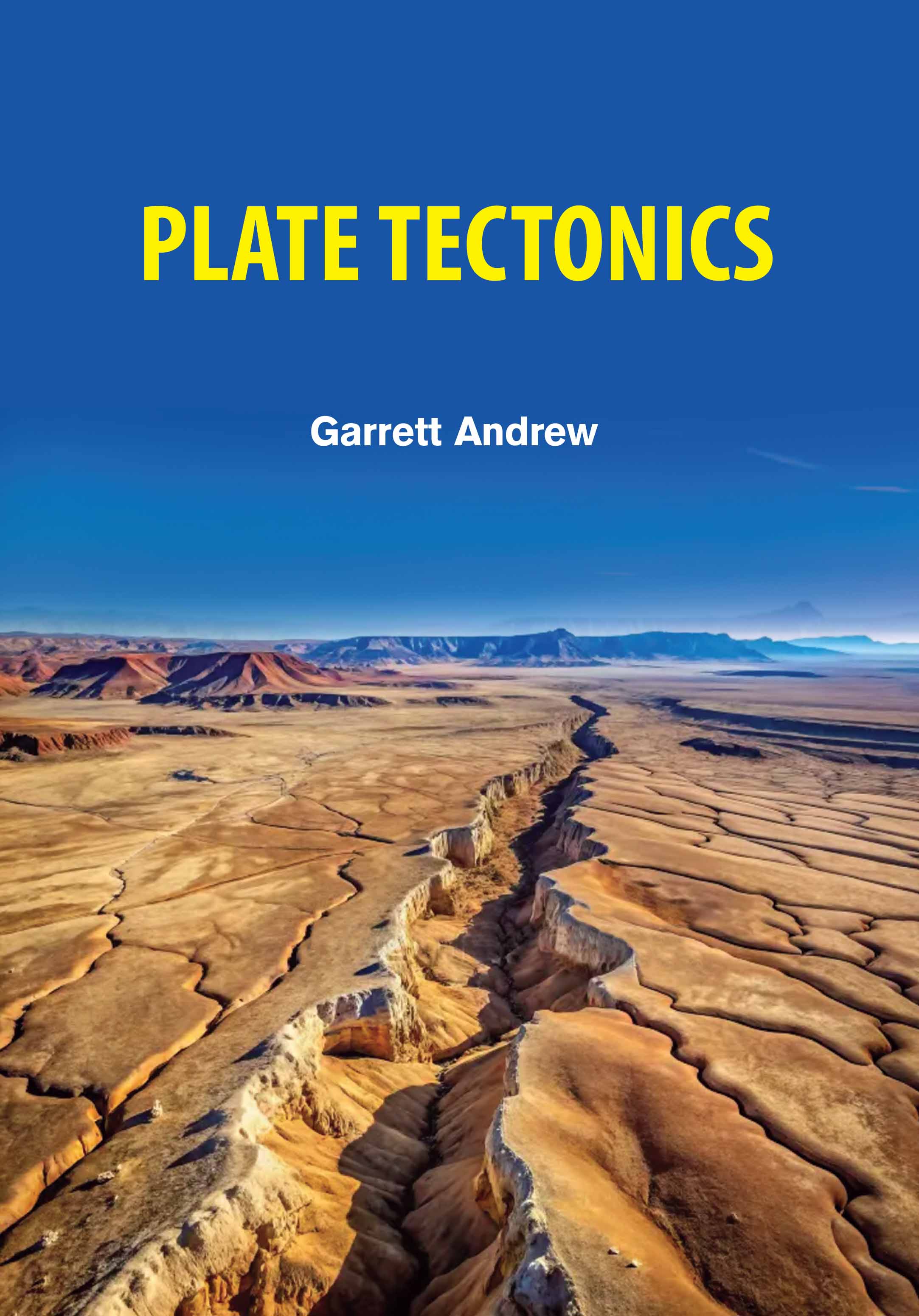About This Book
Computer Graphics is the field of computer science that focuses on generating, manipulating, and
displaying visual content through computers. It plays a central role in various industries such as
entertainment, gaming, design, and scientific research. The primary goal of computer graphics is to
create realistic, high-quality images and animations that can represent objects and scenes in a way that is
visually compelling and accurate. At the core of computer graphics is the concept of pixel-based images
or raster graphics, which are composed of individual pixels, each having a specific color value. This is
contrasted with vector graphics, where images are described by mathematical formulas defining lines,
shapes, and curves. Graphics software uses both techniques, depending on the task at hand. Rendering is
the process of converting 3D models into 2D images, often involving lighting, texture, and perspective
calculations. 3D graphics involve the creation of three-dimensional models that can be manipulated and
animated. These models are created using specialized software and are widely used in industries like film
production and video game development. Computer-aided design (CAD) systems are also part of
computer graphics and are used for architectural, engineering, and product design, allowing
professionals to visualize and simulate their creations before physical implementation. Computer
graphics also includes computer vision, which is about analyzing visual data, such as images and videos,
for use in applications like object recognition, augmented reality, and robotics. "Computer Graphics"
provides a comprehensive exploration of the principles, techniques, and applications used to create
visual content through computational methods.
Contents: 1. Introduction, 2. Graph Theory and its Applications in Computing, 3. Types and Classifications
of Multimedia, 4. Coordinate Systems in Computer Graphics, 5. The Science and Innovation of Computer
Animation, 6. Scan Conversion Techniques in Computer Graphics, 7. Hypermedia Systems and
Development Tools in Graphics, 8. 3D Projection and Transformation Techniques in Computer Graphics.

